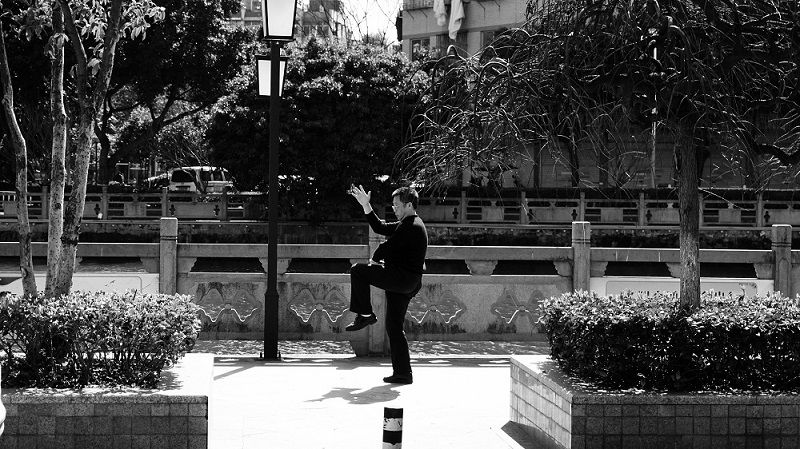There is no end to Tai Chi, and the knowledge of each person who has practiced Tai Chi, differs from that of any other.
Tai Chi celebrates diversity among practitioners, acknowledging each individual’s unique approach to the practice. While expressions of Tai Chi may vary, the essence remains grounded in its guiding principles.
At the core of Tai Chi lies relaxation, which Chen Man Ching emphasized through his foundational principles known as the “Five Relaxations.” These principles—
Relaxation (Song), Verticality (Cheng), Sinking (Chen), Suspension of the Head (Si), and Continuity (Lian)—focus on relaxation, posture, grounding, head alignment, and seamless movement.
Integration of these principles cultivates relaxation, alignment, stability, and fluid movement in our Tai Chi practice. They serve as guiding lights, fostering both physical and internal harmony, guiding us on our personal journey from external movements to internal awareness.
Similar to a family with unique children yet shared values, Tai Chi players may express the art differently, yet the unifying principles like relaxation remain constant. Tai Chi has evolved beyond a martial art, prioritising health benefits and fostering a kinder spirit, becoming a conduit for physical well-being and inner harmony.
Tai chi is always worth it and you receive in return whatever you bring to it.


